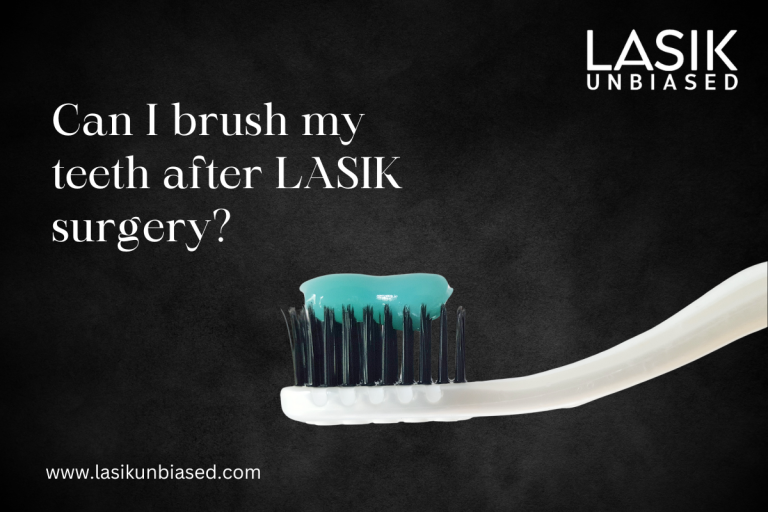LASIK surgery is a popular procedure that helps individuals achieve clear vision without needing glasses or contact lenses. It is a quick and effective treatment with a relatively short recovery time.
However, patients must follow specific post-operative guidelines to ensure proper healing. One common concern after LASIK is whether brushing teeth after the procedure is safe. Since oral hygiene is essential to daily life, understanding its impact on recovery is crucial.
Immediate Post-Surgery Guidelines
After LASIK, doctors provide instructions to follow during the initial recovery phase. These guidelines protect the eyes from infection, irritation, and unnecessary strain. While brushing teeth does not directly impact the eyes, certain precautions should be taken to avoid potential discomfort or complications.
The first few hours after LASIK are critical for healing. Patients may experience mild discomfort, light sensitivity, or watery eyes during this period. Avoiding unnecessary movements that could lead to accidental eye rubbing is essential. Since brushing involves leaning forward and rinsing, patients should be cautious to prevent water or toothpaste from getting into their eyes.
Is It Safe to Brush Teeth After LASIK?
Yes, patients can brush their teeth after LASIK surgery. The procedure only affects the eyes, and oral hygiene does not interfere with healing. However, certain precautions should be followed to ensure a smooth recovery.
Patients should brush gently to avoid excessive movement, which could lead to accidental eye rubbing. Keeping the head upright rather than bending over the sink is best, as this reduces the risk of water or toothpaste splashing into the eyes. Using a soft-bristled toothbrush and avoiding vigorous spitting can further minimize discomfort.
Preventing Water and Irritants from Entering the Eyes
One of the main concerns while brushing teeth after LASIK is preventing water, toothpaste, or mouthwash from entering the eyes. Since the cornea is still healing, exposure to irritants can cause discomfort or increase the risk of infection. Patients should be mindful while rinsing and avoid splashing water onto their faces.
Using a cup to rinse rather than directly leaning over the sink can help control the water flow. If any liquid accidentally enters the eyes, gently blotting them with a clean tissue instead of rubbing will prevent irritation. Following these simple precautions ensures brushing teeth remains safe and comfortable after LASIK.
Avoiding Excessive Eye Movements
During the initial healing phase, it is best to minimize unnecessary eye strain. While brushing teeth does not require intense focus, patients should avoid excessive eye movements, such as looking up and down too quickly or turning their heads abruptly. Keeping a relaxed posture and taking time while brushing helps reduce unnecessary strain on the eyes.
Using Mouthwash Safely
Mouthwash is commonly used as part of an oral hygiene routine, but patients should use it with care after LASIK. Intense, alcohol-based mouthwashes can cause a stinging sensation if they come into contact with the eyes. Patients should close their eyes while swishing mouthwash to prevent accidental exposure and avoid spitting forcefully.
A mild, non-alcoholic mouthwash is a safer option for those concerned about irritation. Using a small amount and rinsing gently reduces the chances of splashing. If any mouthwash accidentally enters the eyes, rinsing with artificial tears or a preservative-free saline solution can help soothe irritation.
Maintaining Hygiene Without Risk
Proper oral hygiene is essential, even after surgery. Since LASIK does not affect the mouth, brushing, flossing, and using mouthwash is fine. However, patients should avoid excessive force or rushing through the process, as sudden movements may lead to discomfort.
If a patient experiences dizziness or fatigue after LASIK, it is best to brush while sitting down. This precaution helps prevent any accidental falls or unnecessary strain on the body. Staying well-hydrated and following all post-operative care instructions make recovery faster and smoother.
Ensuring a Comfortable Recovery
Apart from brushing teeth safely, LASIK patients should follow all other recovery guidelines. Resting the eyes, avoiding screen time for at least 24 hours, and using prescribed eye drops help heal. Keeping the face clean while avoiding direct water exposure to the eyes ensures a smooth recovery.
Patients should also avoid rubbing their eyes, even if they feel itchy or dry. Instead, artificial tears, as the doctor recommends, provide relief without risking complications. By taking these precautions, patients can maintain good hygiene while allowing their eyes to heal properly.
When to Resume a Normal Routine
Most patients can resume their normal activities within a day or two after LASIK, including brushing and oral hygiene routines without extra precautions. However, it is always best to follow individual recovery recommendations the eye doctor provides. If any unusual discomfort occurs while brushing teeth, it is advisable to contact the doctor for reassurance.
By the end of the first week, patients typically feel comfortable enough to return to all their habits without concern. Vision stabilizes over the following weeks, allowing a complete return to regular routines, including all hygiene practices.
Brushing teeth after LASIK surgery is safe, but taking small precautions helps ensure a comfortable recovery. Avoid excessive movement, prevent water or toothpaste from entering the eyes, and use mouthwash to minimise risks. Following proper hygiene and post-operative care, guidelines allow patients to enjoy a smooth healing process and clear vision after LASIK.


